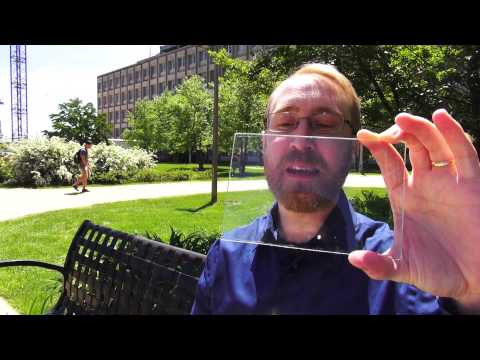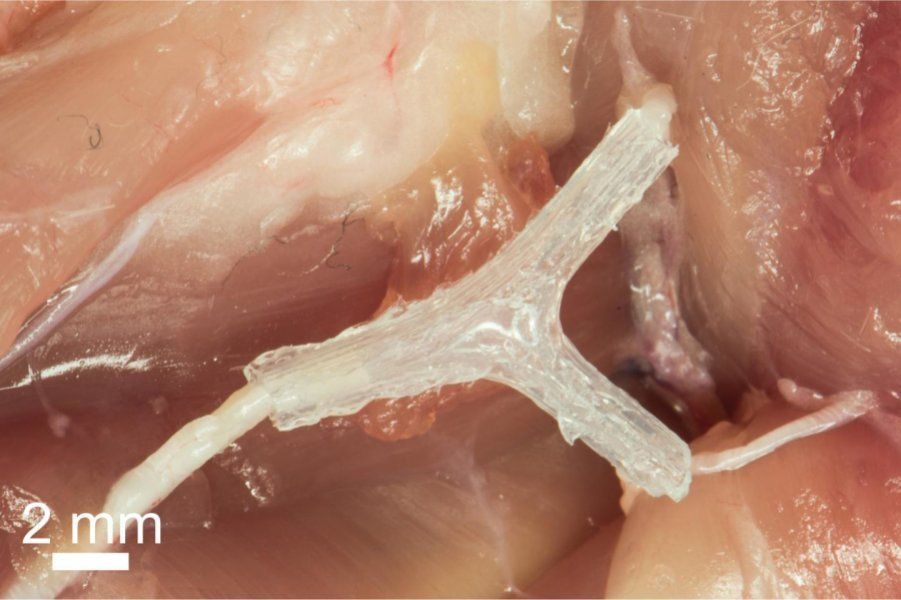Oct 8, 2015
Watch Adobe’s Monument Mode erase tourists from photos in real time
Posted by Shailesh Prasad in categories: information science, mobile phones
Adobe engineer Ashutosh Jagdish Sharma demonstrated the technology on stage, enlisting the help of host Kim Chambers and Parks and Rec star Nick Offerman to act as stand-in tourists who were getting in the way of the desired shot. When the smartphone was held in place, Monument Mode was able to slowly erase the “tourists” from the image, building up a clear version of the photo slowly as human obstructions moved around. Even though Chambers and Offerman remained inside the frame, the final result showed the background only, the feature able to create a clear image from multiple shots.
Traditionally photographers have been able to remove tourists and other obstructions after their photos are taken with clever Photoshop work, by taking multiple shots, or by taking them from various angles. But Monument Mode works in real-time, cutting down on legwork, and requiring fewer photo-editing skills. The company says it the feature ”uses a new algorithm to distinguish moving objects from fixed ones,” but notes that it’s still only a tech preview, and that it may not come to fruition. That said, the company has a history of swiftly incorporating technology shown off at its MAX conferences. Adobe first detailed its “dehaze” feature during the same segment at last year’s show — it now comes as standard in Lightroom.













